Borneo Pony
Intro
The Borneo Pony is generally owned solely by the wealthier classes, and are used for draught work and saddle.
Origins
This breed is a pony breed found in Banjermasin and Sarawok, British Northern Borneo, and especially in the district of Ternpasak on the Northwest coast of Borneo. They were bred from stock which was introduced to the Sulu Archipeligo by Europeans & are still fairly common.
Features
Average height barely 12 hands
Hardy & resistant
Hardy & resistant
Physique
Head is lovely with a straight profile
Eyes are kind & ears are long
Neck is short & straight
Back is short & strong
Croup is rounded
Legs are hardy
Hooves are tiny & strong
Eyes are kind & ears are long
Neck is short & straight
Back is short & strong
Croup is rounded
Legs are hardy
Hooves are tiny & strong
Traditional Colors
Temperament
Willing workers
Use
Enhancing other bloodlines
Racing
Pleasure
Showing
Racing
Pleasure
Showing
Bose Pony
Origins
The Bose Pony is a domestic breed from the Bose and Hechi Prefecture-Guangxizhuang Autonomous Region of China. There were around 200,000 of this breed in the area in 1980!
Features
Average height 11.1 – 11.2 hands
Physique
Head is dry, straight & slightly weighty
Profile is concave & jaw is wide
Ears are small & alert
Neck is moderately long and withers are moderate
Back is short & croup is rounded
Mane & tail are bushy but thin
Legs are short, strong with good joints
Hooves are firm
Profile is concave & jaw is wide
Ears are small & alert
Neck is moderately long and withers are moderate
Back is short & croup is rounded
Mane & tail are bushy but thin
Legs are short, strong with good joints
Hooves are firm
Traditional Colors
Predominately bay
Use
Labor
Cart pony
Pack animal
Cart pony
Pack animal
Bosnian Pony
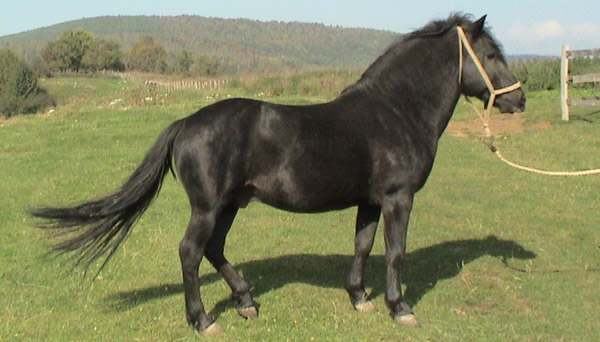
Intro
Along with the Hucul and the Konik ponies, the Bosnian pony (also called Bosanski brdski konj) is called one of the Balkan breeds and all three share the same ancestors.
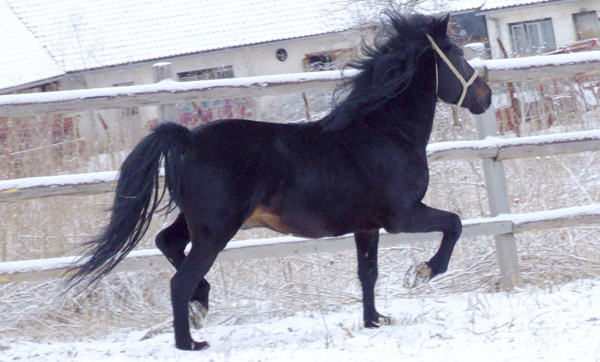
Origins
This breed is thought to be close descendant of the Tarpan with Mongolian influence. By the 17th and 18th centuries many of the bloodlines had been diluted with the blood of eastern horses
Since 1900 the breeding has been selective in Yugoslavia and controlled by the government to preserve original qualities. The stallions are maintained by the state and the mares are privately owned.
Features
Average height 12.3 – 14. hands
Small, compact and sturdy
Surefooted and hardy
Small, compact and sturdy
Surefooted and hardy
Physique
Head is heavy with straight profile
Neck is short and muscular
Back is short and straight
Chest is deep and wide
Legs are strong, short and muscular with broad joints
Hoof is well-formed and hard
Neck is short and muscular
Back is short and straight
Chest is deep and wide
Legs are strong, short and muscular with broad joints
Hoof is well-formed and hard
Traditional Colors
Temperament
Docile and good-natured
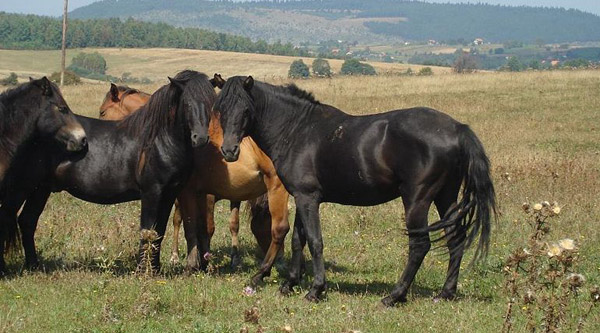
Use
Farm animal
Transportation
Riding horse
Transportation
Riding horse
Boulonnais
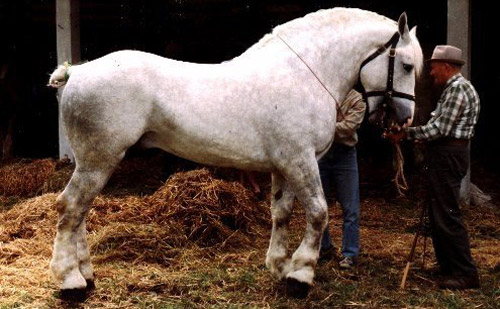
Intro
The Boulonnais is one of the most elegant of all of the draft breeds, known for their milky white coat and luxurious mane and tail, they have unmistakable characteristics. Their blood is often used to improve the stock of other draft breeds.
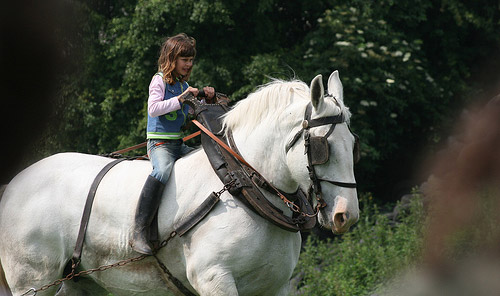
Origins
Found in the Boulogne District of France, this breed is thought to come from the animals imported by Julius Ceasar prior to invading Britain.
Later, during the Spanish occupation of the area a great deal of Asian, Barb,Arabian and Andalusian blood influenced their breeding.
During the World Wars their numbers shrank considerably and today the government controls the breeding programs to preserve the breed.
In the 18th century it was more common to find bay and black within the breed, however as numbers decline the dominant grey gene has made other colors rare.
Two Types
Larg Boulonnais (Maree) – Very large
Fish Cart Horse (Mareyeuse or Mareyeur)- very rare, smaller
Larg Boulonnais (Maree) – Very large
Fish Cart Horse (Mareyeuse or Mareyeur)- very rare, smaller
Features
Average height 15.1 – 16.3 hands
Registered animals will bear an anchor brand on the left side of their neck
Registered animals will bear an anchor brand on the left side of their neck
Physique
Head is short and elegant with a wide forehead
Neck is thick and muscular
Mane is very thick
Chest is wide
back is straight
Legs are strong and solid with clean joints
Neck is thick and muscular
Mane is very thick
Chest is wide
back is straight
Legs are strong and solid with clean joints
Traditional Colors
Temperament
Easy going and sociable
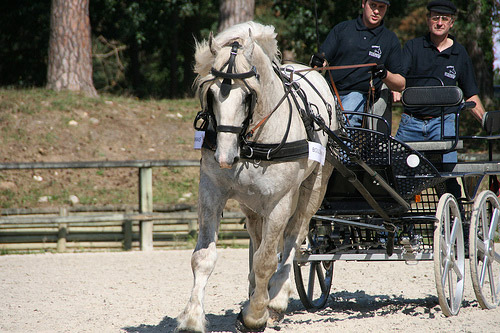
Use
Driving horse
Riding horse
Show horse
Meat
Riding horse
Show horse
Meat
Video
Belgian Draft
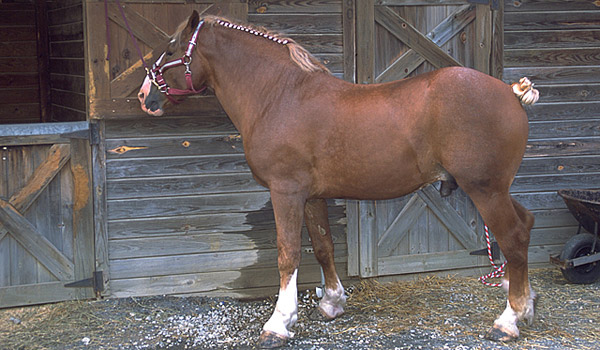
Intro
The Belgian Draft is not only one of the strongest draft breeds, but this breed has also held the world record for the tallest and the largest horses in the world.

Origins
Said to be the most direct descendants of the “Great Horse” of medieval times, the Belgian draft horse was the animal who carried knights onto the battlefield. Most draft breeds today carry Belgian lineage in their bloodlines.
Trough the years many of the purebred studs have been shown and exported to countries all over Europe to enhance draft bloodlines. The official studbook was established in 1885.
Until the beginning of the 20th century there were three types, although they varied little in confirmation.
The Big Horse of the Dendre
The Colossal Horse of Mehaigne
The Grey Horse of Nivelles
The Big Horse of the Dendre
The Colossal Horse of Mehaigne
The Grey Horse of Nivelles
After WWII the need for draft horses declined on a global scale the the Belgian Draft numbers decreased.
Recently there has been a boom of interest in America for this heavy draft breed, although the American bloodlines differ considerably from the original stock. They are taller, more refined and are almost invariably chestnut with a flaxen mane and tail.
Features
From 15.3 – 17.3 hands
Built solid for hard work
Exceptionally strong and hardworking
Built solid for hard work
Exceptionally strong and hardworking
Physique
Head is light and square, profile is straight or slightly concave
Neck is short and muscular
Back is short and broad
Body is deep and short
Legs are strong, lean and sound with some feathering
Neck is short and muscular
Back is short and broad
Body is deep and short
Legs are strong, lean and sound with some feathering
Traditional Colors:
Chestnut (often displaying the Mealy / Pangare gene)
Roan | black | bay
Roan | black | bay
Temperament
Docile and willing
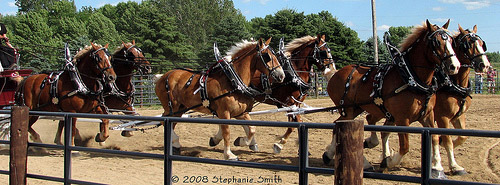
Use
Still used for agricultural work
Agriculture work
Show horse
Draft competitions
Pleasure horse
Wagon horses
Meat
Agriculture work
Show horse
Draft competitions
Pleasure horse
Wagon horses
Meat
Helpful Links
* All links open in a new window
Belgian Draft Horse Corporation of America
Canadian Belgian Horse Association
Belgian Draft Horse Corporation of America
Canadian Belgian Horse Association
Where to Buy
Belgian Draft Studs
Video
Brandenburger
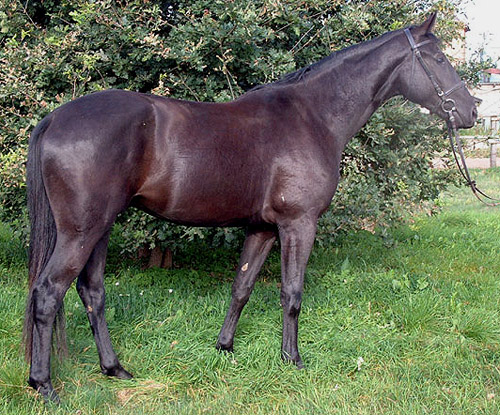
Intro
The Brandenburger is a sub-population of the German saddle horse and bred to be an all-around under saddle mount.
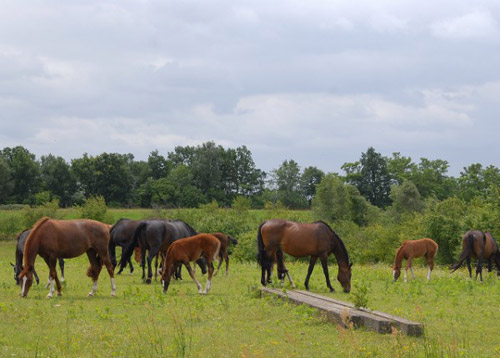
Origins
Breeding began in 1787 with the hopes of creating a warmblood that was heavy enough to work and light enough to pull carriages. The foundation started withOldenburg, English Halfbred, Asian horses and Thoroughbred bloodlines.
The Warmblood Breeding Society was created in 1922 in order to produce horses for farmers and agricultural work at which point Hanovarian blood was used to improve stock.
Features
Average height 16 – 17.2 hands
Physique
Head is handsome and well-set
Back is medium in length and chest is deep
Legs are thick and stocky
Hooves are large and strong
Back is medium in length and chest is deep
Legs are thick and stocky
Hooves are large and strong
Traditional Colors
All solid colors
Temperament
Even-tempered for their large size
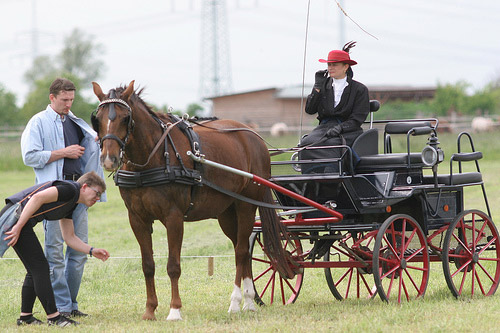
Use
Riding horse
Show horse
Driving horse
Pleasure horse
Show horse
Driving horse
Pleasure horse
Helpful Links
*All links open in a new window
Brandenburger History
Brandenburger History
Video
Brazilian Pony
Intro
The Brazilian Pony is a small scale individual that was developed to stimulate interest in diverse sporting activities for children.
Origins
The breed was developed from the tough Scottish Ponies, the fine Falabella from Argentina, with influence from animals from Uruguay and Paraguay. For awhile cross-breeding with American ponies was tried, but the size of ponies from America were larger than was desired, so the breeding was discontinued.
Today Brazilian Ponies are popular as pets.
Features
Average height 8.3 – 9.8 hands
Bred for perfect horse confirmation
Height at the hindquarters is not to exceed the height at the withers by more than .02 cm
Bred for perfect horse confirmation
Height at the hindquarters is not to exceed the height at the withers by more than .02 cm
Physique
Head is triangular with straight or slightly concave profile
Ears are small, mobile and directed upward
Eyes are remote & expressive
Neck is muscular, proportional & well-defined
Mane & tail are abundant & silky
Chest is deep, wide & muscular
Back is short & straight
Legs are medium in length & well-defined
Ears are small, mobile and directed upward
Eyes are remote & expressive
Neck is muscular, proportional & well-defined
Mane & tail are abundant & silky
Chest is deep, wide & muscular
Back is short & straight
Legs are medium in length & well-defined
Traditional Colors
Pintos and appaloosas are prized in this breed
Solid colors are allowed, but not as popular
Solid colors are allowed, but not as popular
Temperament
Docile & calm
Use
Pet
Cart horse
Riding pony
Cart horse
Riding pony
Brazilian Sport Horse
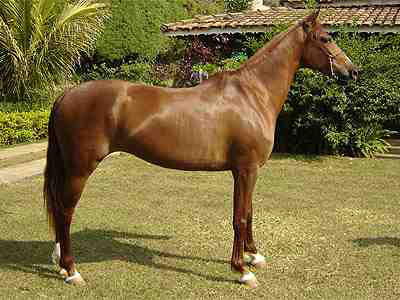
Intro
A newly developed breed in Brazil, the Brazilian Sport Horses (Brasileiro de Hipismo) are popular in the US and Europe and have successfully completed recent Olympic Games.
Origins
This breed was developed in 1970 specifically for competition, allowing Brazil to use the bloodlines of the Criollo horse combined with Anglo-Argentine and Trakehner breeds. The result is a sport horse with a solid work ethic and tireless ability.
Today horses of many different breeds influence the Brazilian Sport Horse and it takes traits from Andalusian, Thoroughbred, Trakehner, Hanoverian, Holsteiner,Oldenburger, Westphalian, Irish Hunter, Selle Francais, Anglo-Argentine andBelgian Warmbloods.
Features
Average height over 16 hands
Lively with no real rebellion
Lively with no real rebellion
Physique
Because of the number of breeds involved in creating this animal, their confirmation varies.
Traditional Colors
Temperament
Calm and brave
Noble, docile and balanced
Noble, docile and balanced
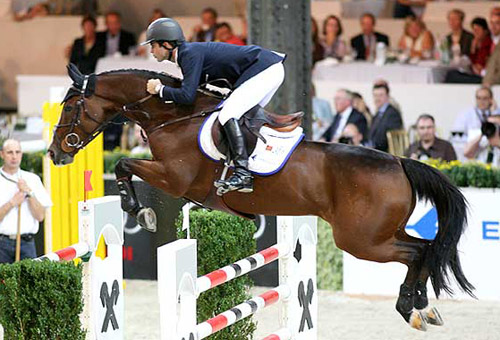
Use
Show Horse
Eventing horse
Eventing horse

No comments:
Post a Comment